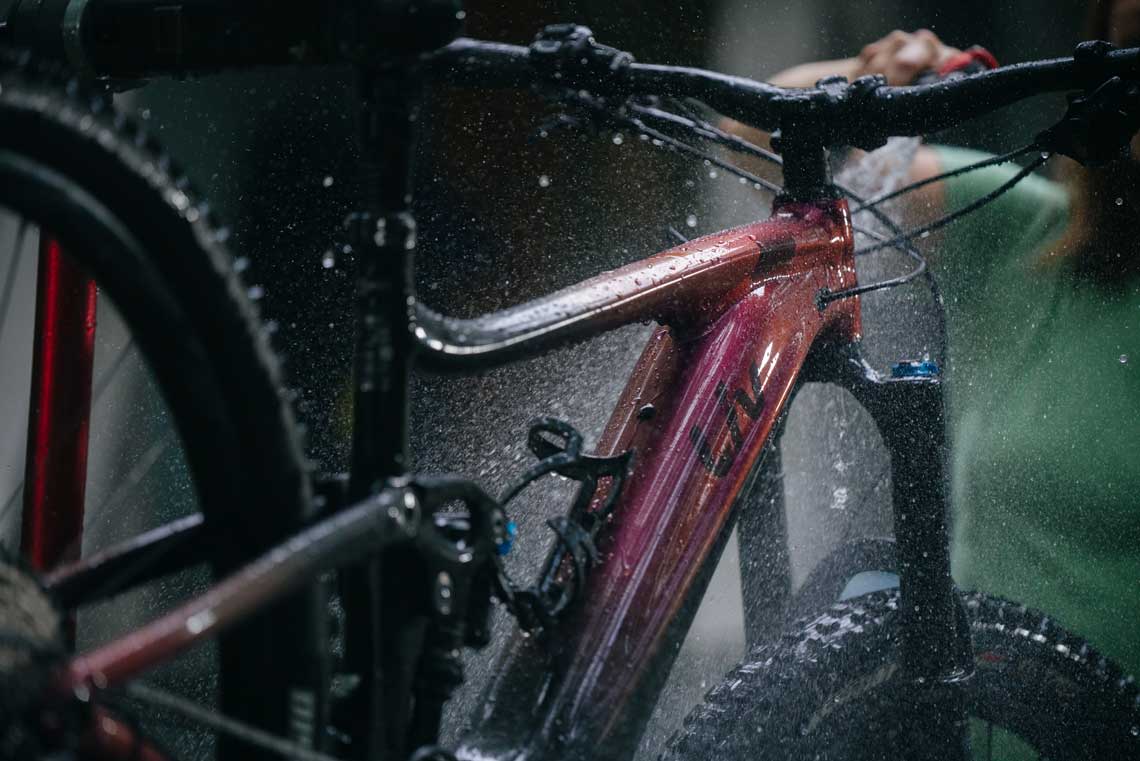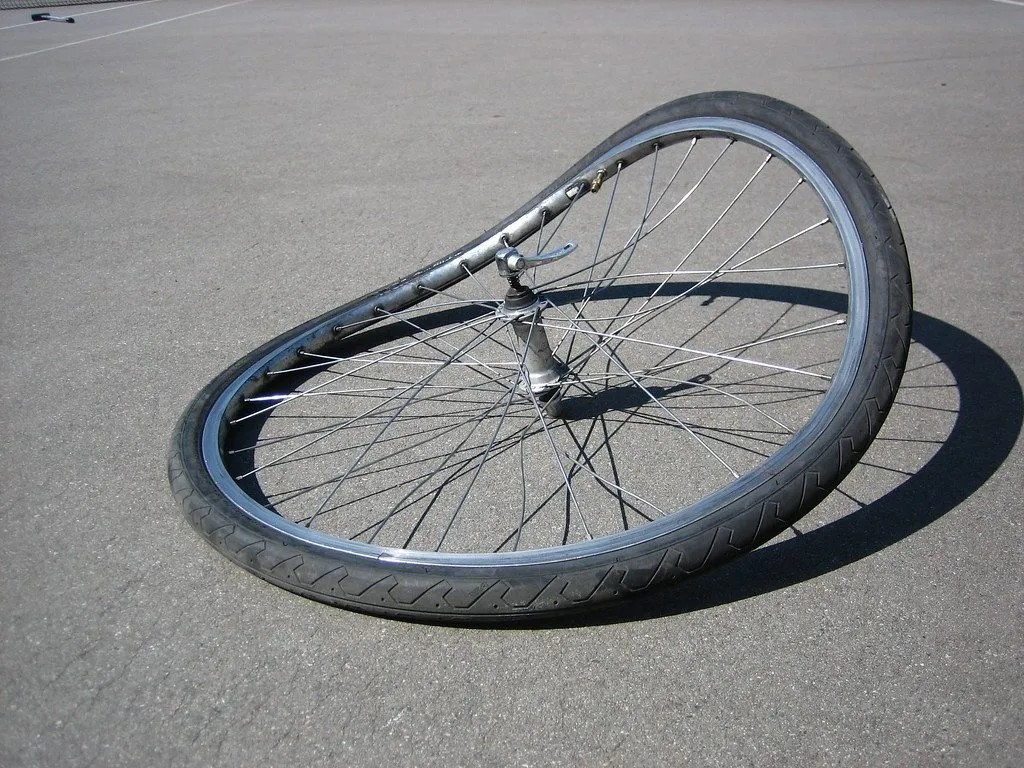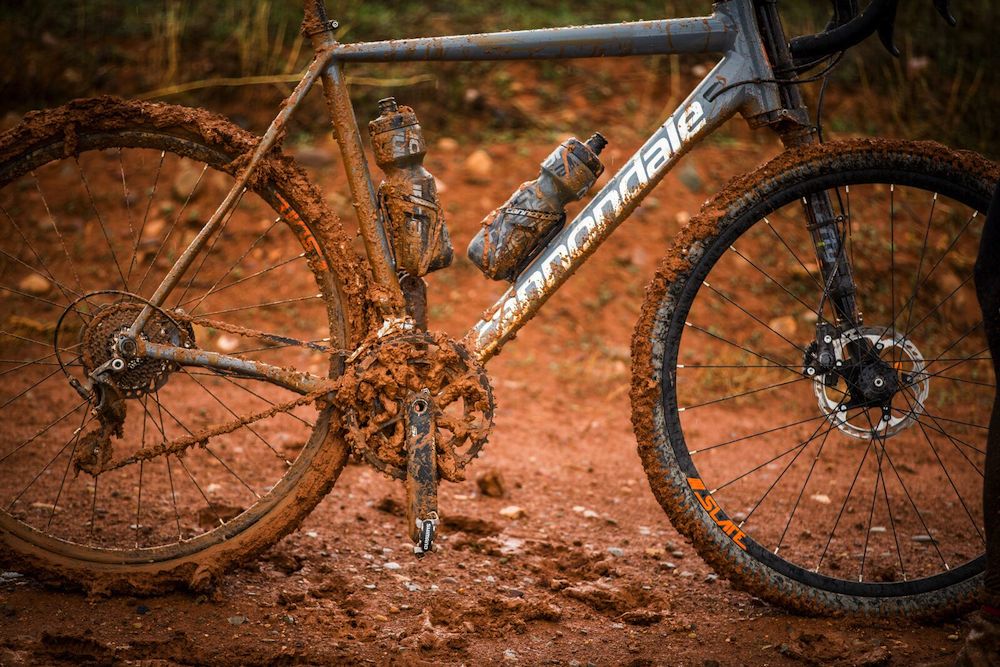
Bicycle Care
You just got your new bike home and are ready to ride. However, a strange sound or odd behavior is coming from the drivetrain. What do you do now? Every bike has its unique sounds and quirks. The question is, is it normal, or should you be concerned? Furthermore, you want to know if the noise is a safety issue or if it will cause permanent damage to the bike.
New Bike Adjustments Are Required after about a month of riding. Once everything has had a chance to break in, new bike adjustments will ensure many years of fun and enjoyment. No matter what you spend or the brand, all new bikes get slightly out of whack and need a little TLC.
Every bike goes through a break-in period. During this time, the brakes may become misaligned, the shifters may not work quite right, bolts may come loose, or you may need minor adjustments to make the bike fit you better. Whatever it might be, many shops, like Archer’s Bikes, offer a 30-day free checkup. You can stop in and let our mechanics make the needed adjustments while you wait. However, we suggest you give the bike time to settle in, but you can come in sooner.
Adjust Those Pesky Brakes
By far, the most common issue is rubbing or noisy brakes. For maximum grip, many new bikes come with metallic brakes. As a result, metallic brakes make some odd noises. Sometimes, brake noise can be challenging to resolve. For example, car exhaust when transporting the bike, road dirt and oil, dirty water, and brake pad misalignment may cause the brakes to squeal. Cleaning the brake pads and disc with 90% alcohol can sometimes resolve contamination issues. Stubborn contamination from oil may even require new brake pads, even after a thorough cleaning. If you cannot fix the problem yourself, stop in and let us figure it out. Fortunately, noise does not necessarily lead to failure. Worn-out brake pads, on the other hand, must be repaired before you plan your next ride. Check the pad yourself, or let us take a look. Repair estimates, if needed, are free.
Even rim brakes need attention. Often, the brake pad will rub on one spot with every revolution. Or, the gap is too narrow, making the pads rub, or too wide, making it hard to squeeze the brake far enough to get a good stop. Worse, is hard rubber from time and weather. However, all these issues have a simple resolution. Stop in for a quick adjustment during the first few rides, and we can get those brakes back into working order. We can help you decide if you need new pads or just an alignment.
On the other hand, if the brake lever pulls in without stopping the bike, the cable will need adjustment, or the hydraulic fluid will need to be bled. It is common for cable stretch and air in the hydraulic line to cause poor braking. If this is the case, stop in at your first convenience and let us get it fixed before your next ride.
Drivetrain Maintenance
Gear shifting is particularly sensitive to fine-tuning, especially for the new 12-speed drivetrains. The shifting cables will stretch (bed-in) during the first few rides. Sometimes, you must get familiar with the shifter’s personality, using more finesse to get a good shift. As a result, the chain may skip or miss a shift. Also, make sure you back off pedaling when you shift, especially on a climb. Applying easy pedal pressure during a gear change makes the whole system more responsive and smooth. Watch out for damage to the derailer, throwing off the alignment. Learn to fine-tune your shifter or bring it in for adjustment.
Common issues include chain jumping, chain noise after you have completed your gear change, the chain falling off, and missing a cog during a shift. There are several adjustments to the shifting mechanism that need attention after the break-in period. Shift limit settings, cable tension, derailleur alignment, chain wear, a dry chain, shift cable lubrication, and lower-quality shifters all affect the gear change response. On a new bike, expect to make adjustments after the break-in period. On an older bike, your shift cables may need lubrication or replacement.
You should expect to clean and oil your chain every five to ten rides or three months, depending on the weather and how hard you ride. Check for chain stretch periodically and replace a worn chain before it damages other components.
Nuts and bolts do come loose. Therefore, getting accustomed to doing a quick safety check before every ride would be best. Check the pedals for looseness, handlebars for alignment, and wheels for a good fit. If you find something that looks off, call us at the shop or stop in and let us check the issue. Then, at the 30-day checkup, let us know if you see any items that need attention. Otherwise, make a quick safety pass before every ride.
Wash Your Bike
Road dirt and grit can cause premature wear on the bike. After every ride, you can clean your bike with a quick rinse and wipe down. This will help keep dirt from doing damage. Your drive train needs maintenance, too. Clean the chain and oil it periodically. However, don’t over-oil the chain because that will attract dirt. Clean the bike with mild dish soap and water. Do not pressure wash your bicycle. Instead, use a low-pressure rinse from the hose. Most e-bikes are water resistant. A gentle wash is fine and will not contaminate the electronics.
Keep Your Tires Pumped Up
Add air to your tires weekly. Get a good tire gauge, and do not exceed the recommended pressure listed on the tire’s sidewall. Never trust a quick squeeze of the tire, especially if you have flat protection, such as Tannus Armour, installed. It is easy to overestimate tire pressure. Incorrect tire pressure leads to premature tire and tube wear, hard pedaling, poor bike handling, and the possibility of the tire coming off. Avoid punctures with good tire pressure before you ride.

Spoke Tension
Over time, your spokes may loosen. We can true your wheel with our specialty tools. On the other hand, you may encounter a hard bump, damaging the rim. Bent rims may be improved with spoke tension, but usually the rim or wheel must be replaced to operate properly.
Finally, expect to make adjustments on your new bike and plan for periodic maintenance. E-bikes, in particular, have an extensive break-in period. Learn about your e-bike and its peculiarities. In any case, don’t hesitate to stop in the shop with your bike should you have any concerns.
See you in the neighborhood!
Copyright Randy Archer 2024


